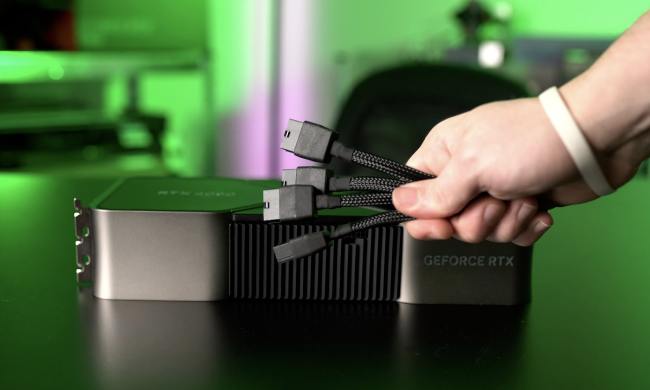It was initially thought the man, named only as “Yevgeniy N,” might also have been involved in recent high-profile political hacks in the U.S., though this has recently been ruled out by investigators.
A video (above) released by police shows Yevgeniy’s arrest shortly after he arrived at a Prague restaurant with a woman thought to be his girlfriend. The man, who the authorities said is 29 years old, put up no resistance.
The FBI is believed to have worked closely with Czech law enforcement to secure the arrest, which came just hours after Interpol issued a special alert for his capture. The suspect was actually detained on October 5 but the Czech authorities waited until Wednesday to announce it.
But now there could be a fight to get the suspect extradited to the U.S. for questioning.
“We insist that the detainee is handed over to Russia,” Andrei Kolmakov, a spokesman for the Russian embassy in Prague, told Russian news agency TASS. The final decision as to whether the alleged hacker can be extradited will be made by the Czech Republic’s justice minister.
Responding to news of the arrest, LinkedIn said in a statement released to Reuters,”Following the 2012 breach of LinkedIn member information, we have remained actively involved with the FBI’s case to pursue those responsible.”
The U.S. company added, “We are thankful for the hard work and dedication of the FBI in its efforts to locate and capture the parties believed to be responsible for this criminal activity.”
The 2012 hack was originally thought to have affected around 6 million LinkedIn users. However, when account records showed up for sale online in May 2016, it was discovered that in fact more than 150 million accounts had been hit.


